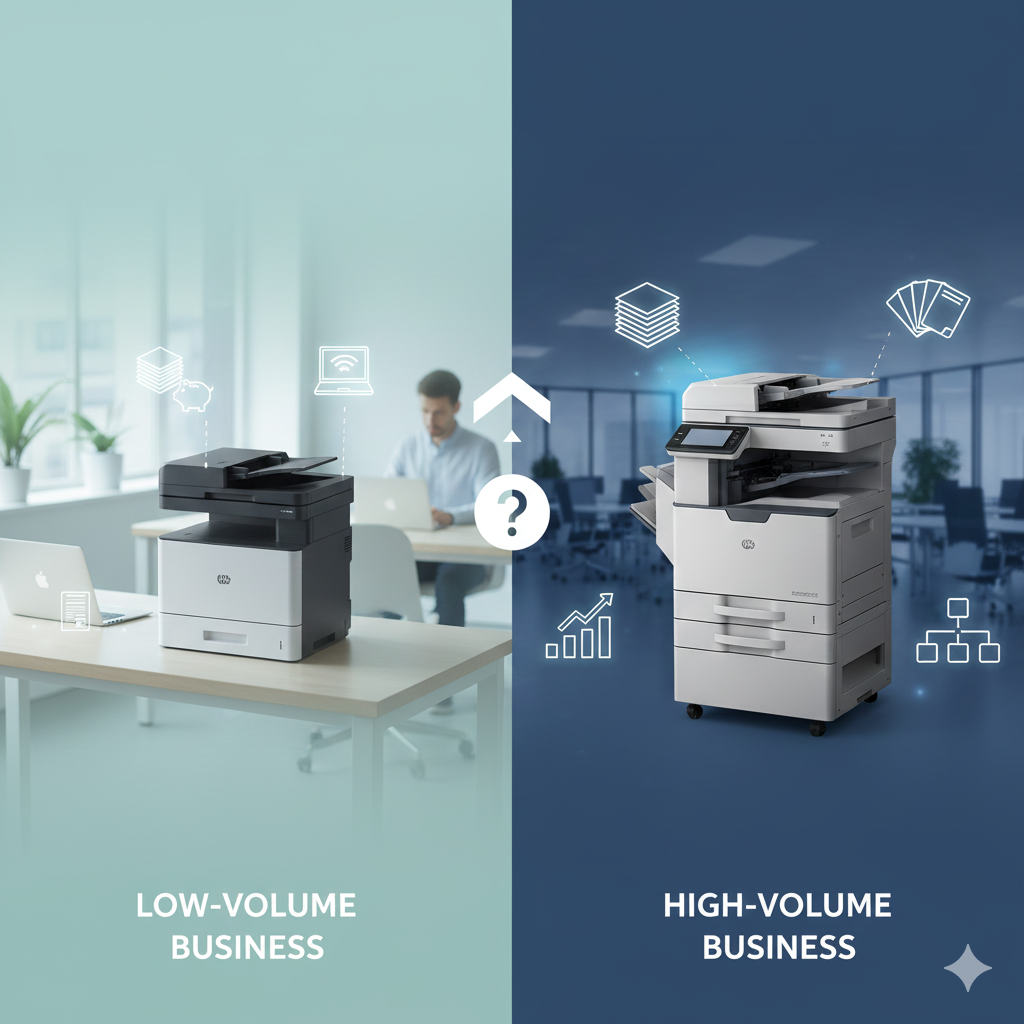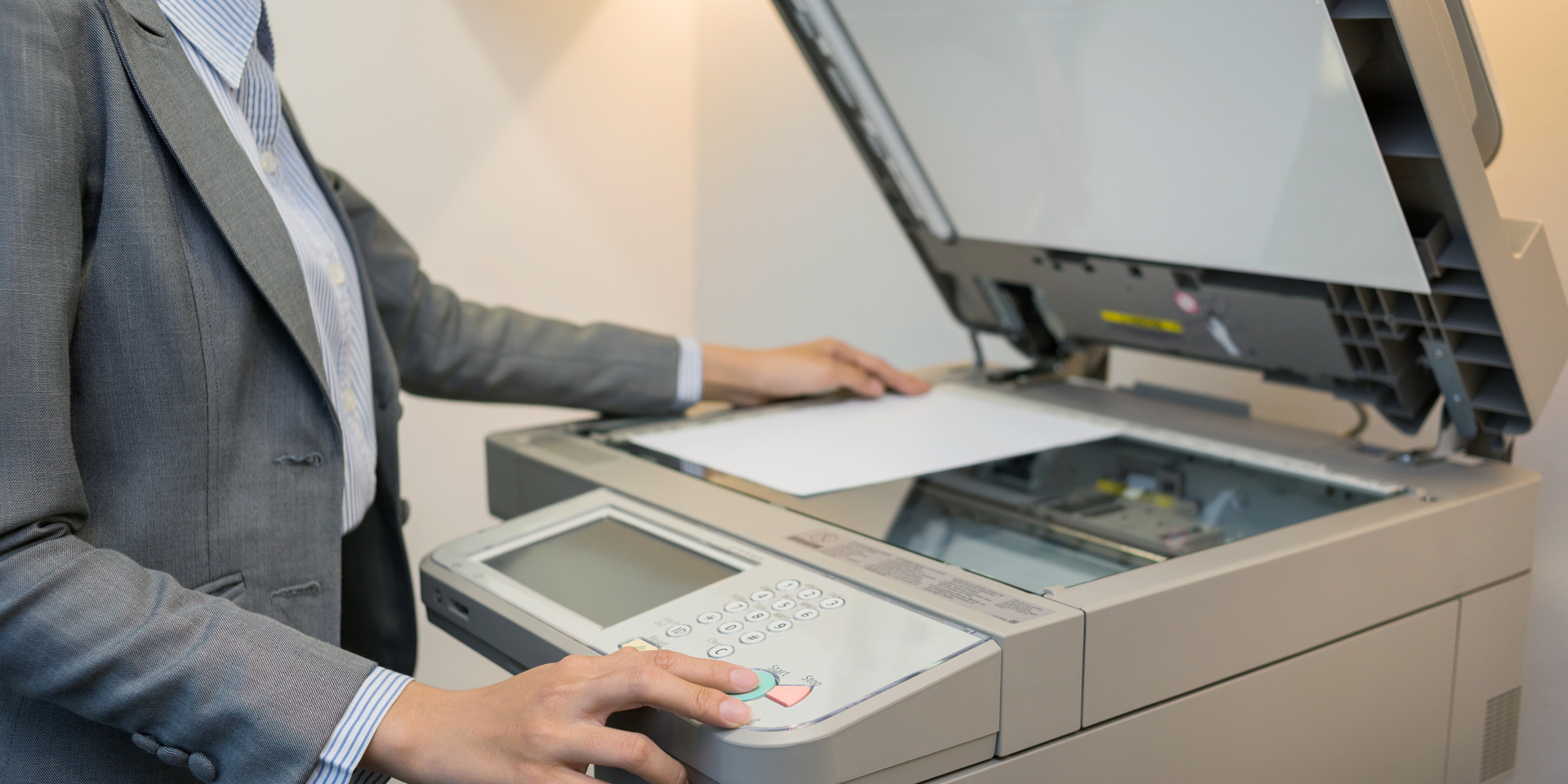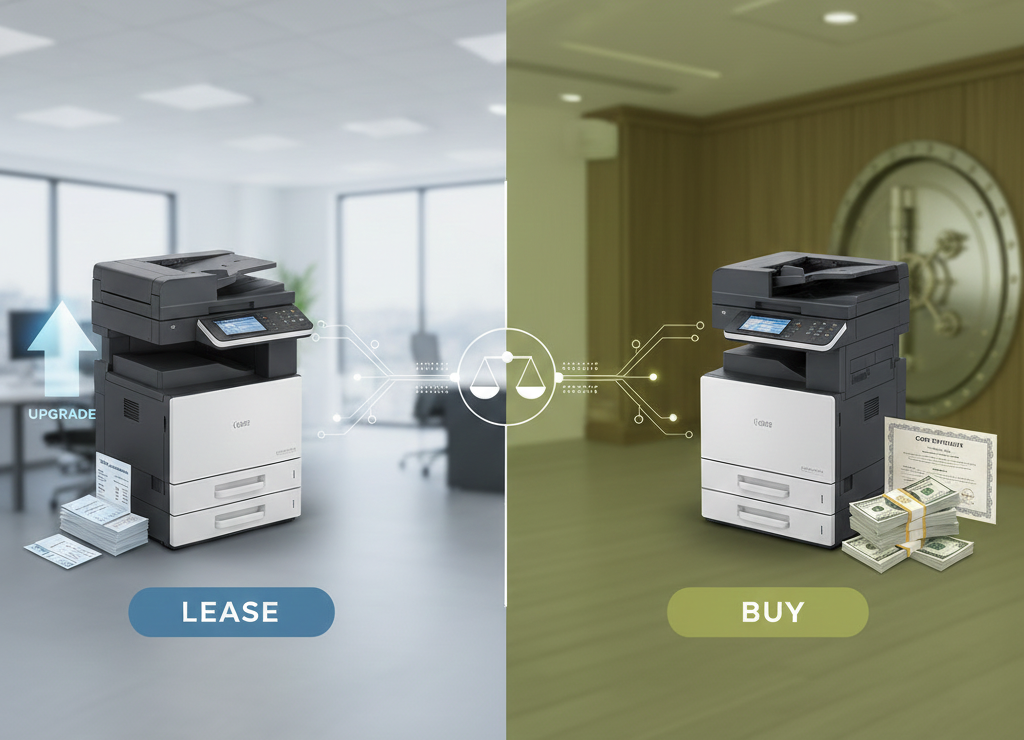A Quick-Start Guide to Integrating a New MFP Into Your Existing Network | Florida Copiers
Integrating a new multifunction printer (MFP) into your existing network can seem like a daunting task, especially for businesses in Florida that rely heavily on their office equipment to stay productive. Whether you're upgrading your office printer or adding a new one, proper installation and configuration are essential for a smooth transition. At Florida Copiers, we’ve helped countless businesses in Florida seamlessly integrate MFPs into their existing network. This quick-start guide provides a step-by-step checklist to ensure that your new MFP is up and running quickly, while addressing common IT pain points like driver installation and security protocols.

Step 1: Preparing the Network for Integration
Before you even unbox your new MFP, it’s important to prepare your network for the integration process. A few simple steps can help ensure a smooth installation and avoid network issues down the road.
First, make sure that your Florida business network meets the requirements for the MFP. Most modern MFPs support Ethernet and Wi-Fi connections, so you’ll need to check whether your network can support both types of connections. If you're using a wired connection, make sure the MFP is within reach of your router or switch, and that there are no issues with the network cables. For wireless connections, ensure that your Wi-Fi network is stable and has sufficient bandwidth to handle the printing, scanning, and faxing demands.
It’s also a good idea to assign a static IP address to your new MFP. This prevents the printer’s IP address from changing, ensuring that employees in Florida can always find the printer on the network. Setting a static IP also helps with easy management and troubleshooting in the future. You can assign this static IP manually or use DHCP reservation, which ensures that the MFP always receives the same IP address from your router.
Step 2: Installing the Printer Drivers and Software
Once the network is prepared, the next step is to install the printer drivers and software. This is one of the most common pain points businesses face during MFP integration. If drivers aren’t installed correctly or are incompatible with the network, the printer may not function properly.
First, make sure you download the correct drivers from the manufacturer’s website. At Florida Copiers, we always recommend using the latest drivers available to ensure full compatibility with your operating system and network. Most MFPs come with a CD containing the necessary drivers, but we highly recommend downloading the most recent version from the manufacturer’s website to avoid potential issues.
When installing the drivers, follow the step-by-step instructions provided by the manufacturer. For businesses in Florida, it’s important to make sure that the installation process includes both print and scan drivers if applicable. Some MFPs also come with utility software that enables remote management, monitoring, and configuration, which is helpful for IT teams managing multiple devices.
During installation, choose the correct connection method (wired or wireless), and make sure that your device is properly detected on the network. This step is crucial for ensuring that all workstations can communicate with the MFP without issues.
Step 3: Configuring Security Protocols
One of the most overlooked steps in integrating a new MFP is configuring security protocols. In today’s digital world, printers and copiers are often targeted by hackers, and businesses in Florida need to take steps to secure their devices.
Most MFPs come with built-in security features like user authentication, secure printing, and encryption. These features help ensure that sensitive information doesn’t get exposed through printing, scanning, or copying.
For Florida businesses handling sensitive data, it's essential to enable user authentication features, such as PIN codes or swipe cards, to restrict access to the printer. This prevents unauthorized users from accessing sensitive documents or printing unnecessary files.
You should also set up secure printing, which requires users to authenticate themselves at the MFP before their print jobs are released. This reduces the risk of sensitive documents being left unattended in the printer tray, which is a common vulnerability.
Additionally, make sure the MFP is connected to your network using encryption protocols like SSL/TLS, and consider enabling firewall settings to block unauthorized access. Regularly updating the firmware of your MFP is also essential for patching any known security vulnerabilities.
Step 4: Testing and Fine-Tuning
Once the drivers are installed, and security protocols are set, it's time to test the MFP. Ensure that it is fully functional by printing a test page from multiple workstations within your Florida business network. This will confirm that the installation was successful and that all devices can access the printer.
In addition to testing print functionality, it’s essential to test scanning capabilities as well. Scan a document to ensure that the MFP is correctly integrated with your network’s file storage system. This is particularly important for businesses in Florida that rely on digital workflows, as scanning directly to a network folder or email is a common feature for MFPs.
During the testing phase, take the opportunity to fine-tune settings. For example, you may want to adjust the default print quality, paper size, or duplex printing settings to better suit your team’s needs. This is also a good time to set up scanning presets or shortcuts for frequently used destinations.
Step 5: Ongoing Maintenance and Monitoring
Once the MFP is integrated into your Florida business network, it’s important to monitor its performance and maintain it properly. Most MFPs come with management software that allows you to monitor usage, toner levels, and perform basic maintenance tasks remotely.
Regularly check the printer’s status to ensure that it is operating at peak performance. At Florida Copiers, we recommend setting up automated alerts for low toner or paper jams so that you can address issues before they disrupt workflows.
Additionally, schedule routine maintenance such as cleaning the printer’s rollers, checking for firmware updates, and replacing worn-out parts to extend the life of your MFP. For businesses in Florida that rely heavily on their MFPs, having a service agreement with a local provider like Florida Copiers can help minimize downtime and keep your equipment in top condition.
Final Thoughts
Integrating a new MFP into your existing network doesn’t have to be complicated. By following this quick-start guide, businesses in Florida can ensure a smooth installation process and avoid common IT pain points like driver installation and security setup. From preparing the network and installing drivers to configuring security features and conducting thorough testing, the right approach will help your team take full advantage of your new MFP’s capabilities. At Florida Copiers, we’re here to assist with every step of the process, from installation to ongoing support, so you can enjoy a hassle-free printing experience.




